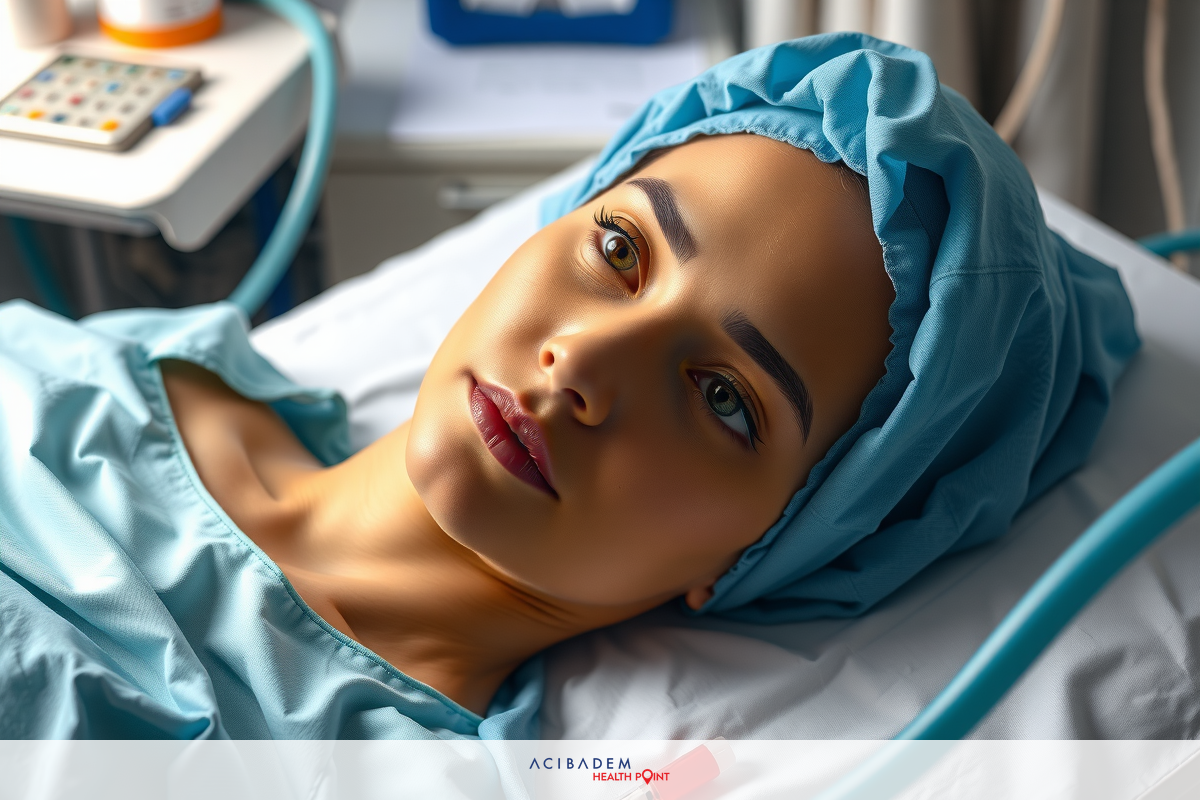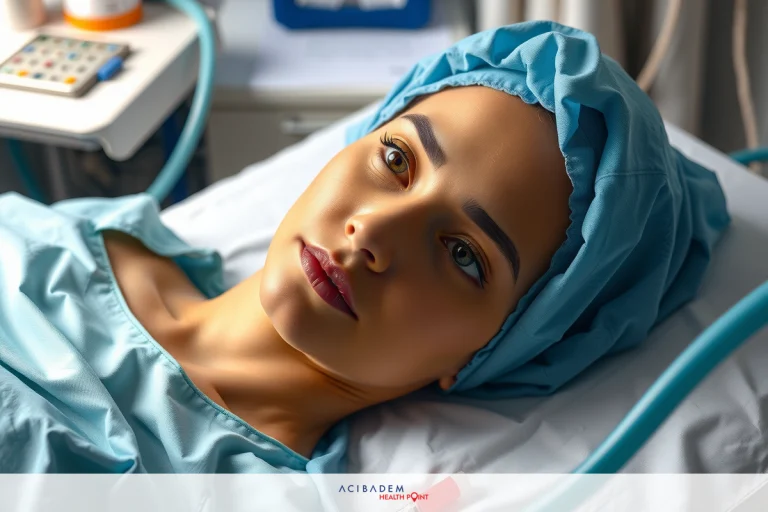Day of Rhinoplasty Surgery
Day of Rhinoplasty Surgery Rhinoplasty surgery is a method capable of making significant changes to one’s appearance and enhancing their self-confidence. It requires meticulous preparation and understanding of the process. This article aims to provide comprehensive information about what to expect on the day of the surgery, how it can lead to a remarkable transformation, and the steps that follow post-surgery.
The decision to undergo rhinoplasty is not to be taken lightly. It’s crucial to understand the procedure, the potential benefits, and the expected post-operative care. The following sections will shed light on these aspects, helping you make an informed decision. This article also focuses on how this surgical procedure can bring about positive changes in one’s life, enhancing their overall confidence and outlook.
Preparing for Rhinoplasty Surgery
Rhinoplasty surgery, often known as a “nose job,” can have a significant impact on one’s appearance and self-esteem. However, to ensure a smooth procedure, certain steps need to be taken prior to the surgery. It’s crucial that you follow these instructions diligently to minimize any potential complications and maximize the success of the surgery. It is also important to remember that everyone’s journey is unique, so while some general guidelines apply, your surgeon might give you specific instructions based on your individual needs.
In the weeks leading up to rhinoplasty surgery, it’s crucial to maintain a healthy lifestyle. Proper nutrition and hydration are essential for healing. You should avoid smoking and limit alcohol consumption as these can affect blood flow and slow down the healing process. Regular exercise is also beneficial, but strenuous activities should be avoided in the days leading up to surgery. Furthermore, it’s important to get adequate sleep and manage stress levels, as both can impact your body’s ability to recover.
The day before surgery, it’s generally advised to stop eating after midnight and avoid drinking anything several hours before the procedure. You may also be asked to wash your face with a special antiseptic soap to minimize the risk of infection. On the day of the surgery, you should arrive at the clinic well-rested and relaxed. It’s recommended to wear loose-fitting clothing for comfort and easy dressing after the procedure. Lastly, make sure you have arranged transportation home post-surgery, as driving yourself is not advisable due to the effects of anesthesia. Following these steps can help ensure your rhinoplasty surgery goes smoothly and sets the stage for a successful recovery.

The Transformation Process
Rhinoplasty surgery is not just about altering the physical appearance; it’s also a journey towards improved self-confidence and a positive change in perception. The transformation process begins with a decision to undergo rhinoplasty, followed by the procedure itself, and finally the healing phase. Each stage of this journey comes with its unique experiences and changes that contribute to the overall transformation.
The physical transformation following rhinoplasty can be quite remarkable. Whether the goal was to correct a deviated septum, reduce the size of the nose, or refine its shape, the changes can significantly enhance one’s appearance. It’s important to remember that results aren’t immediate and final results may take up to a year to fully manifest. As swelling subsides and the nose heals, changes become more noticeable. This gradual unveiling can be an exciting part of the process as you see your new features emerge.
The psychological transformation can be equally profound. Many individuals who undergo rhinoplasty experience a boost in confidence and self-esteem due to their improved appearance. They may feel more comfortable in social situations and find their interactions with others enriched due to their increased self- assurance. This enhanced confidence can lead to positive changes in various aspects of life, including
personal relationships and professional opportunities. Overall, the transformation process following rhinoplasty surgery includes both physical changes and significant shifts in self-perception, leading to an enhanced sense of well-being.
What to Expect on the Day of Surgery
On the day of your rhinoplasty surgery, it’s normal to feel a mixture of excitement and anxiety. Being prepared and knowing what to expect can help alleviate some of this stress. Upon arrival at the clinic, you’ll be greeted by the medical team who will guide you through the process. They will review your medical history, confirm the details of the procedure, and answer any last-minute questions you might have. It’s important to arrive on time, as delays could potentially reschedule your surgery.
Once you’re settled in, you’ll be prepared for surgery. This typically involves changing into a hospital gown, having vital signs checked, and meeting with the anesthesiologist. You will then be taken to the operating room where the surgical team will ensure you are comfortable before administering anesthesia. The procedure usually takes one to three hours but may vary depending on the complexity of your case. During the surgery, you will be monitored closely by the anesthesia team to ensure your safety.
Following the surgery, you’ll spend some time in a recovery room under close observation until the effects of anesthesia wear off. Once you’re fully awake and stable, post-operative care instructions will be provided. These instructions will cover how to care for your nose, manage pain, and recognize potential complications. You should arrange for someone to drive you home as you won’t be allowed to drive immediately after surgery. Remember that recovery is an essential part of your transformation journey; following post- operative instructions diligently can contribute significantly to achieving optimal results from your rhinoplasty surgery.
Frequently Asked Questions
How long does the recovery period typically last after rhinoplasty surgery?
The recovery period after rhinoplasty surgery can vary from person to person, but generally, it takes about 1 to 2 weeks for the initial swelling and bruising to subside. However, complete healing and final results may take up to a year. It's important to follow your surgeon's post-operative care instructions and attend follow-up appointments for a smooth recovery.
Will there be visible scarring after rhinoplasty surgery?
In most cases, scarring from rhinoplasty is minimal and well-hidden. Surgeons often use incisions inside the nostrils or make small external incisions that leave inconspicuous scars. Over time, these scars tend to fade and become barely noticeable.
When can I resume my normal activities after rhinoplasty surgery?
It's important to have a proper rest and avoid strenuous activities for at least two weeks following the surgery. However, light physical activities and non-strenuous work can usually be resumed within a week. Your surgeon will provide specific guidelines based on your individual case during the post-operative consultations.
Is rhinoplasty covered by insurance?
In some cases, rhinoplasty may be covered by insurance if it is deemed medically necessary, such as when correcting a deviated septum that affects breathing. However, coverage criteria can vary depending on the insurance company and policy. It's best to consult directly with your insurance provider to determine coverage details.
Are the results of rhinoplasty permanent?
The results of rhinoplasty are intended to be permanent; however, it's important to note that natural aging processes can still affect the nose over time. While the structure of your nose should remain stable, factors such as skin quality and tissue changes may occur. It's essential to maintain a healthy lifestyle and follow your surgeon's recommendations to ensure long-lasting results.











